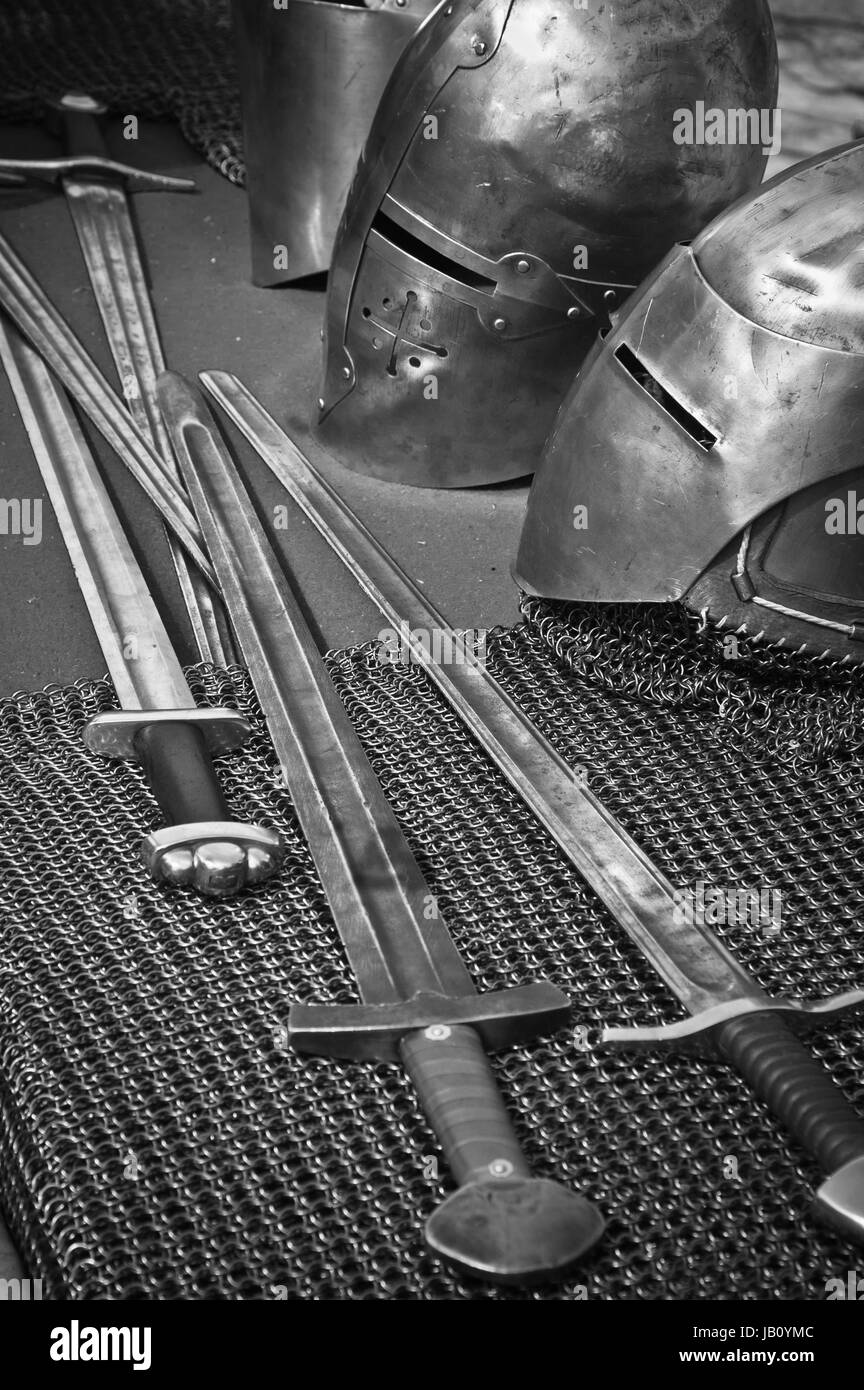


Our current objective focuses on the late medieval period, just before the humanistic upheaval of the Renaissance and the European contact with the Americas.Īs described below, richly illuminated copies of a Latin manuscript known as the Tacuinum Sanitatis were produced in late medieval times. Specifically, the widely held idea that cucumber was known in Greek and Roman antiquity, based on translations of the Latin cucumis as cucumber, has been shown to have no supporting evidence ( Janick et al., 2007). Among the issues addressed have been the times of arrival of various melon ( Cucumis melo) types and cucumber ( Cucumis sativus) in Europe. Our ongoing investigations have focused on obtaining a better understanding of the history of cultivation and use of the Cucurbitaceae and Solanaceae ( Paris, 2000, 2001, 2007 Paris and Janick, 2005, 2008 a, b Paris et al., 2006 Janick and Paris 2006 a, b Janick et al., 2007 Daunay and Janick, 2007 Daunay et al., 2007, 2008). However, little information has been accessed, collected and analysed with regard to the identity, culture, harvest and use of the Cucurbitaceae and Solanaceae during medieval times. From descriptions, depictions and artefacts, some dating back several thousands of years, it is known that plants of both families have been appreciated for food and medicine since antiquity ( Janick et al., 2007 Daunay et al., 2008 Paris and Janick 2008 a, b). These two families include cucumbers, melons, watermelons, squash, pumpkins, aubergines (eggplants), peppers, potatoes and tomatoes, all of which are of worldwide importance, as well as a host of other crops of regional importance and uncultivated taxa of medicinal interest. The Cucurbitaceae and Solanaceae include some of the more important vegetable crops of the world, with a collective value of billions of dollars annually. Similarities and differences in botanical accuracy among the images of Cucurbitaceae and Solanaceae in the six archetypal Tacuinum manuscripts suggest to us that another illustrated Tacuinum, now lost, may have antedated and served as a model or inspiration for the six surviving archetypic manuscripts.Ĭitrullus lanatus, Cucumis melo, Cucumis sativus, Lagenaria siceraria, Solanum melongena, Mandragora sp., medieval horticulture, history of horticulture INTRODUCTION Overall, the botanically most accurate images are in the version of the Tacuinum located in the Österreichische Nationalbibliothek, Vienna, cod. These depictions include some of the earliest known images of cucumber, casaba melon ( Cucumis melo Inodorous Group) and aubergine, each of which closely resembles an extant cultivar-group or market type.

Of the Solanaceae, Solanum melongena (egg-shaped purple aubergines) and Mandragora sp. Of the Cucurbitaceae, Cucumis sativus (short-fruited cucumbers), Cucumis melo (including round as well as elongate melons), Citrullus lanatus (both sweet watermelons and citrons), and Lagenaria siceraria (including bottle-shaped as well as long gourds), are illustrated.


 0 kommentar(er)
0 kommentar(er)
